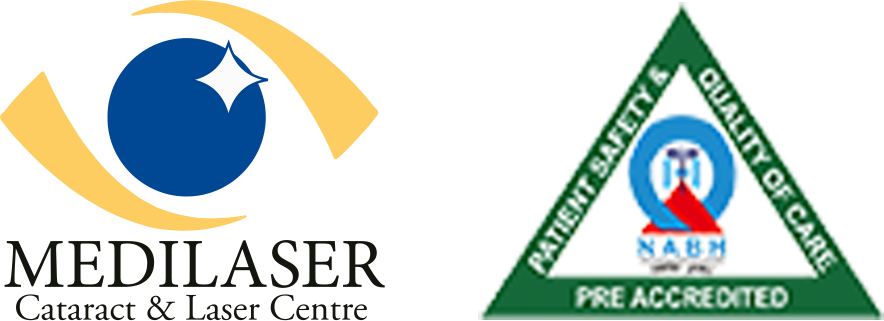Laser Refractive Surgery
why Laser eye surgery

India has more than 400 laser center

Simple Surgery performed within 10 mins

Corrects about 90% of refractive errors

Less Discomfort Quick recovery time
Basics of Laser Refractive Surgery The basic principle of laser refractive surgery is reshaping the front transparent layer of the eye called the ‘cornea’ so as to focus the rays of light on the retina to form a clear image.
There are four types of refractive errors:
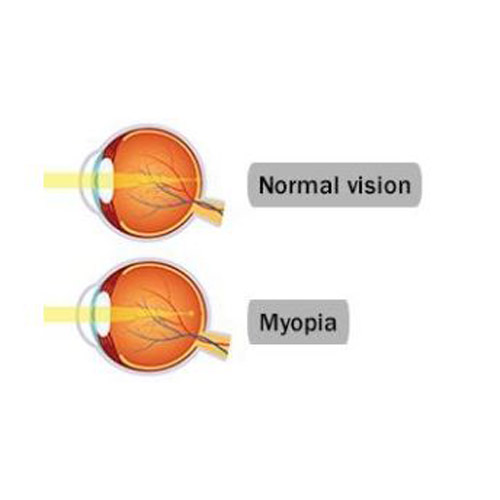
Myopia/ Short sightedness
The eyeball is longer than normal and hence, rays of light focus in front of the retina. Myopic patients have a minus number and can see near clearly without glasses; however, distance is a blur. With laser refractive procedures, the cornea is flattened centrally to correct the refractive error.

Hypermetropia/Hyperopia/Long sightedenss
The eyeball is shorter than normal and hence, rays of light focus in behind the retina. Hyperopic patients have a plus number and cannot see near clearly without glasses. With laser refractive procedures, the cornea is steepened centrally to correct the refractive error.

Astigmatism/Cylindrical error
This error does not relate to the length of the eyeball, but to the shape of the cornea. If the corneal shape is like an egg or baseball rather than a ball, it would result in a cylindrical error. With laser refractive procedures, the cornea is flattened on the steep axis to correct the refractive error.
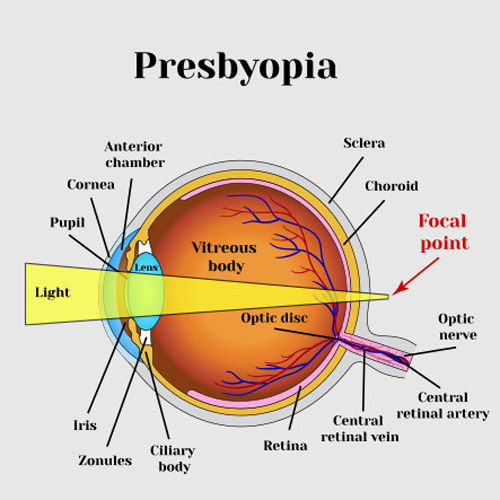
Presbyopia
This is an age-related refractive error caused by weakening of the muscles in the eye that control the near focusing power of the eye. It leads to difficulty in reading small letters in the middle age-group, typically 40-55 yrs. This plus number may increase upto 55 yrs before stabilizing. Regular laser refractive procedures do not correct presbyopia. There are new custom treatments available for this condition that are slowly gaining acceptance.
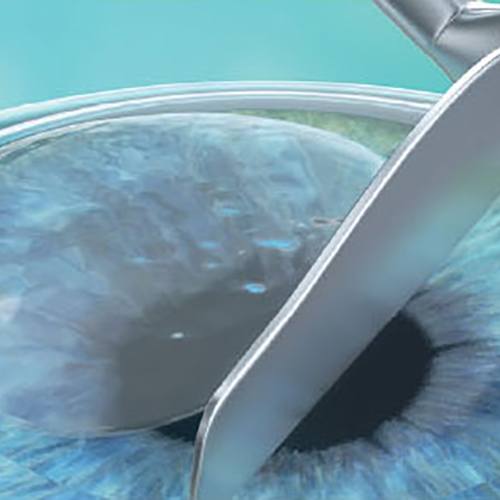
PRK
First time laser was used Top layer of cornea was removed Removing layer of cornea delayed recovery time

LASIK
Corneal top layer removal not needed anymore Quicker recovery & lesser discomfort
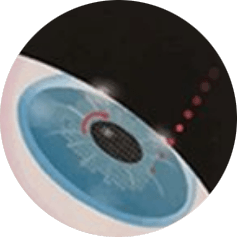
FEMTO LASIK
Procedure became bladeless Recovery faster than lasik & lesser discomfort

SMILE
Procedure became flapless Procedure became minimally invasive
History
Laser eye surgeries have been around for three decades and have seen dramatic improvements in technology and safety. A lot of the earlier procedures like Radial Keratotomy, Arcuate Incisions are now obsolete. Laser procedures are the mainstay, however, they too have evolved from excimer laser to now the precise femtosecond laser. Flaps have now transformed to flapless keyhole surgery called ReLex SMILE.
Medilaser was one of the first few centres to offer ReLex SMILE and now has a long list of satisfied patients. Alongwith ReLex SMILE, Femtosecond or Bladeless LASIK, Blade LASIK and Surface ablation are also performed at our centre on the best Carl Zeiss (Germany) femtosecond and excimer laser platforms.
Time To Bust Some Myths
- Is Painful
- Procedures are long
- Is only for Myopia
- May cause blindness
- May Burn Eyes
- Long term effects are unknown
- Risk for permanent eye damage
- Laser Eye surgery is not affordable
- Correction is temporary
Time To Bust Some Myths
- If you are under 18 years of age
- If you have uncontrolled diabetes & glaucoma
- If your contact lens or glass prescription was changed the previous year
- If you have abnormal wound-healing due to disease or medication
- If you are pregnant or breastfeeding
How do I prepare myself or plan a laser refractive procedure?
- Discontinue contact lenses a week before your eye test with a doctor
- Carry your previous glass prescriptions along for your visit
- Be clear about your expectations and motivation for the procedure
- Do not wear eye makeup for the procedure
- Trust your doctor’s choice of procedure for your eyes
- Plan a week’s rest to care for your eyes after the procedure
- Avoid swimming, beach holidays for a month after the procedure
